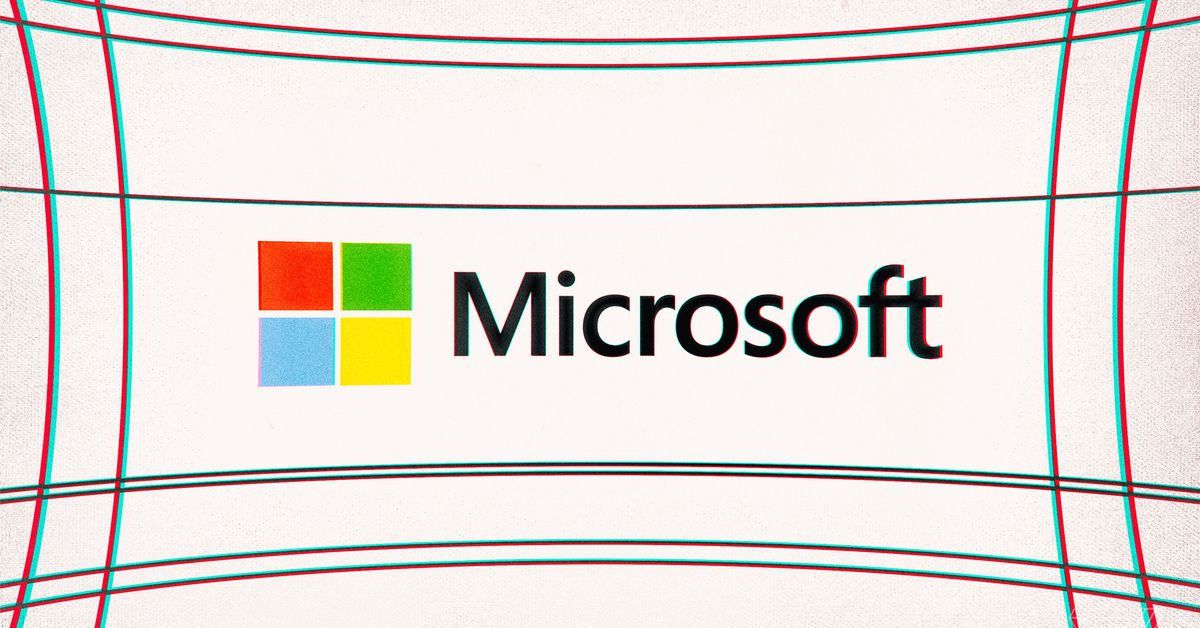To Understand SaaS Costs, You Must Know What Goes Into It
The software as a service industry has become integral to how successful organizations run their business. SaaS has repeatedly proven useful, […] The post To Understand SaaS Costs, You Must Know What Goes Into It appeared first on ReadWrite.

The software as a service industry has become integral to how successful organizations run their business. SaaS has repeatedly proven useful, enabling businesses to manage accounting, procurement, risk management, and more from one cohesive platform. The result is organizational consistency that provides value to customers and gives companies a competitive market advantage.
The Wide SaaS Net is Hard to Calculate Cost and Value
SaaS pricing is a complex and challenging process that needs to consider several factors, including market segmentation, security, and IT infrastructure requirements.
Organizations in the SaaS business may struggle to correctly price their solutions and effectively communicate the reasons for those prices to prospective clients.
The Importance of Finding a Pricing Sweet Spot
In this industry, pricing is a delicate balancing act. Too low, and you risk overextending your resources. Too high, and you price yourself out of the competition. But the path to finding your pricing Goldilocks is far from simple and requires juggling many different considerations.
Customers, regulators, and competitors all play a role in SaaS pricing, as does the evolution of technology itself. Artificial intelligence, for example, is already changing the game in terms of what SaaS companies can offer and what clients are looking for. It’s not just these myriad factors that influence pricing either. Your particular priorities will be different depending on the pricing strategy you choose to pursue.
Common Pricing Strategies SaaS Companies Should Consider
While the most common strategy — and the one you’re already likely familiar with — is user-based pricing, it isn’t necessarily the best approach for your business. To ensure you’re making the right pricing decisions for your organization, you must get familiar with all the techniques you can pursue and the pros and cons of each.
1. Value-Based Pricing
This is a customer-centric approach used by companies such as Adobe and HootSuite. It bases the price on the value a solution brings to clients. Value-based pricing can highlight how you outshine your competitors regarding features and functionality and boost a client’s emotional attachment to your services. Value-based pricing can open the door to customers paying a premium for your products, leading to more significant profits.
However, if you choose to go this route, you must know that you’ll face increased competition in a smaller market. Since not everyone can afford the prices that come with a value-based model, you’ll have a smaller target audience — one that will be highly sought after, given their ability to pay higher prices.
2. Competition-Based Pricing
Popular among newer SaaS companies, competition-based pricing is exactly what it sounds like. It looks at what competitors charge for similar products and uses that as the basis for pricing decisions. By knowing what your competitors are charging, you’ll better understand where your product should stand in the market.
You can choose to match competitors’ prices or charge more and highlight where you go above and beyond. You might also want to go the other direction and undercut the competition’s pricing to aggressively build a customer base. The competition-based pricing strategy is less risky and more straightforward than other options, but it isn’t necessarily a good long-term solution. Make sure not to rely too much on what your competitors are charging. Otherwise, you might make the same mistakes they do while failing to differentiate yourself in the market.
3. Feature-Based Pricing
Feature-based pricing and value-based pricing are similar; they put a spotlight on the features your particular solution brings to the table. This à la carte approach also makes it easy for your clients to pay for only what they want, providing an efficient and budget-friendly alternative to subscription and usage-based models.
However, this strategy can be challenging to keep track of on a large scale, making the billing process somewhat of a convoluted nightmare for your business. You could end up either undercharging or overcharging customers. A feature-based approach also doesn’t necessarily communicate the full value of what you have to offer, potentially centering your business as a budget brand rather than a premium one.
Customers Need to Feel Like They’re Getting a Fair Price
Whatever pricing strategy you choose, it’s crucial never to forget how the customer feels about your pricing. If your clients think they’re not getting enough value out of what they’re paying, or if they’re paying for more features than they need, chances are you’ll end up with one less customer.
However, if you can strike the right balance between your business’s needs and your client’s desires, you’ll reach the right price point.
Featured Image Credit: Tima Miroshnichenko; Pexels; Thank you!
Vince Dawkins
President
Vince Dawkins, president and CEO of Enertia Software, graduated from North Carolina Agricultural and Technical State University with a Bachelor of Science in Mechanical Engineering. Between 1998 and 2008, Vince worked with industry-leading organizations influencing engineering, IT, and enterprise resource planning solutions. In August 2008, Vince joined Enertia Software as a senior business analyst where he contributed to the design, development, and implementation of an enterprise application for upstream oil and gas producers. Since joining the Enertia Software team, Vince has been integral in nurturing the growth and development of the Enertia application into a resource currently used by over 150 leaders in the upstream oil and gas industry.

 MikeTyes
MikeTyes 































